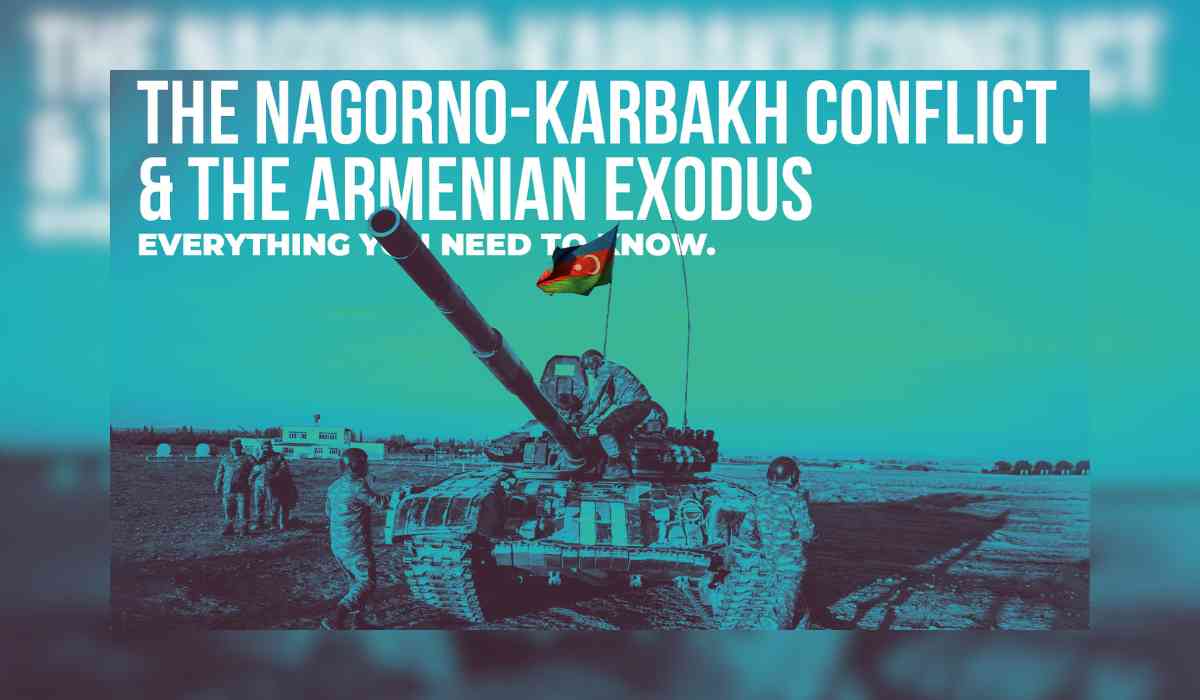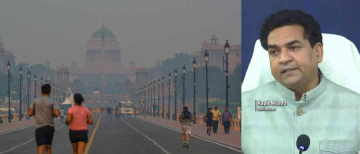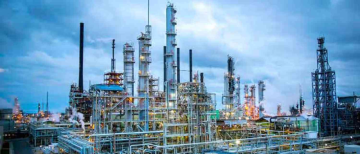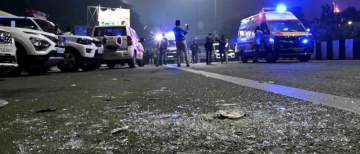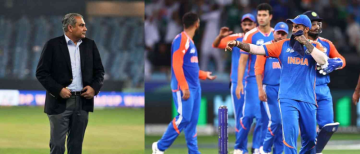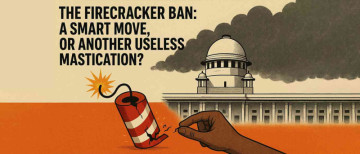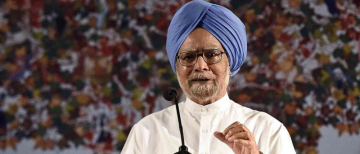A Deep Dive: By Abhishake Das
Most of us Indians have never heard of Nagorno-Karbakh, leave alone know the historic or social complications of this obscure region nestled between Armenia & Azerbaijan. The name of the region comes from the Russian word - Nagorny, which means ‘Highland’.
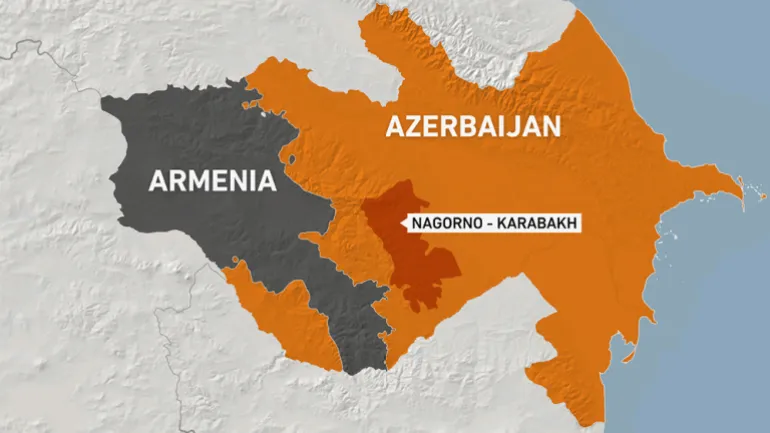
But lately, this name has been popping up on your news feed, and you may not know what to do with it, or how to understand what is going on. Maybe this article will help, because what seems like a distant geo-politic issue, has the unfortunate potential to become a global level threat, since this involves almost all the global superpowers.
And like always, to understand the present, we will have to travel back in time and see the conflict from a historic point of view.

A Historically Volatile Region:
The Nagorno-Karabakh region is a historically and ethnically complex area located in the South Caucasus, that has a predominantly Armenian population but was incorporated into Soviet Azerbaijan in the early 1920s by Joseph Stalin. During the Soviet era, the Nagorno-Karabakh Autonomous Oblast (NKAO) was granted a degree of autonomy, but tensions between the Azerbaijani and Armenian communities have always been a reality of the region, spilling over to the present times.
With the dissolution of the Soviet Union in 1991, both Armenia and Azerbaijan gained independence. This led to escalating tensions over NKAO, culminating in a full-scale war between 1992 and 1994, that resulted in significant loss of life and displacement of populations on each side. By the time a ceasefire was brokered, Armenian forces had gained control of Nagorno-Karabakh and seven adjacent districts. The region declared itself the Republic of Artsakh (ROA), though it remains internationally unrecognised. A reason why we, most people across the globe have never really heard of this place per se.

A Geo-Politically Strategic Area:
The South Caucasus region holds immense geopolitical significance due to its proximity to major energy routes, including pipelines that transport oil and gas from the Caspian Sea to global markets. Control over Nagorno-Karabakh allows influence over these critical energy corridors. No wonder why Russia has always maintained close ties with Armenia, and is looked upon as a strategic, economic & military support by the local government and citizenry.

Azerbaijan, on the other hand, has cultivated partnerships with Turkey and received backing from countries like Israel and, to some extent, the United States. Thereby, a very strict, yet invisible divide has always remained in the NKAO, something that has spilled over as smaller conflicts in the past. Which were always mediated by various international bodies and organisations; including the OSCE Minsk Group, co-chaired by Russia, the United States, and France. However, progress towards a lasting resolution has been slow, if at all.
Which brings us to the present situation.
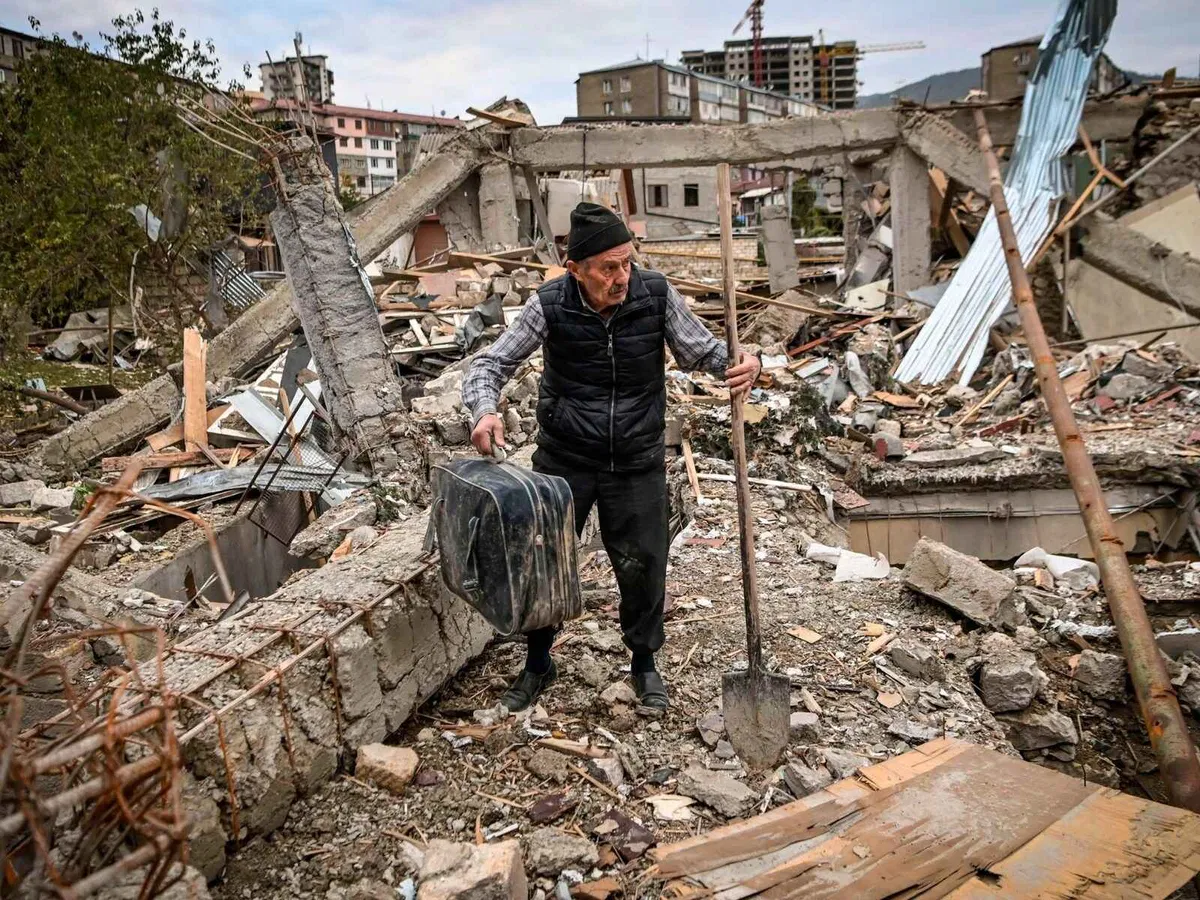
As of September 2023, tensions in the Nagorno-Karabakh region have flared. Dozens of people are feared dead and hundreds more injured after a powerful explosion at a fuel storage depot on the 25th of September. As the clashes continue, thousands of Armenians are making a beeline to borders, in fear of a systemic ethnic cleansing after the Azerbaijani military reclaimed full control of the region last week - Something that the Armenians have been way too familiar with in their past.
Armenia and Russia have both dispatched a teams of doctors and helicopters as rescue operations are underway. Red Cross has also stepped in to prevent any more unnecessary deaths after the healthcare system has completely been brought to its knees in the last few days.
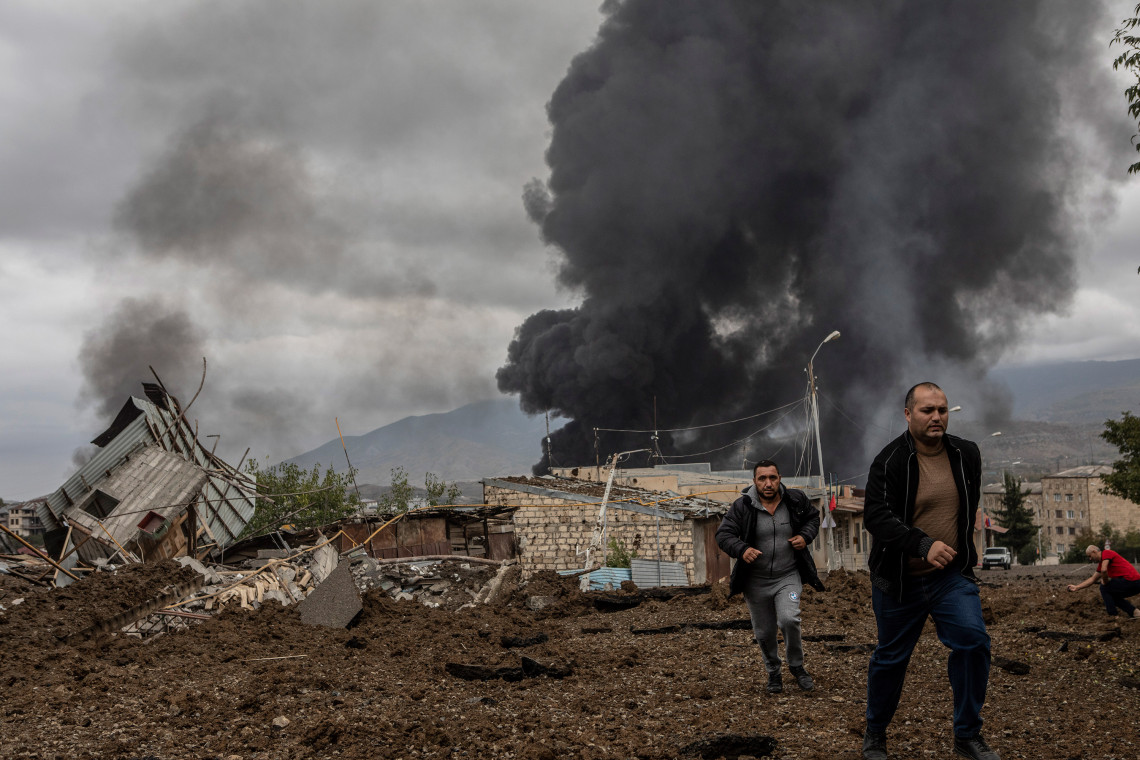
This conflict is turning into a major humanitarian crisis at a rapid pace, as more than 19,000 refugees from Karabakh have crossed the border into Armenia through Kornidzor, where there are signs that the flow of refugees is reaching a critical mass. The Nagorno-Karabakh leadership has said that the region's 120,000 Armenians did not want to live as part of Azerbaijan for fear of persecution and ethnic cleansing.
The exodus of the Christian populous of Armenians from a pre-dominantly muslim Azerbaijan has also raised ample fears of a global backlash, as the optics are not great on this. However, the senior leadership from both sides are to meet and discuss the situation sometime in October, so hope this persists in some form.
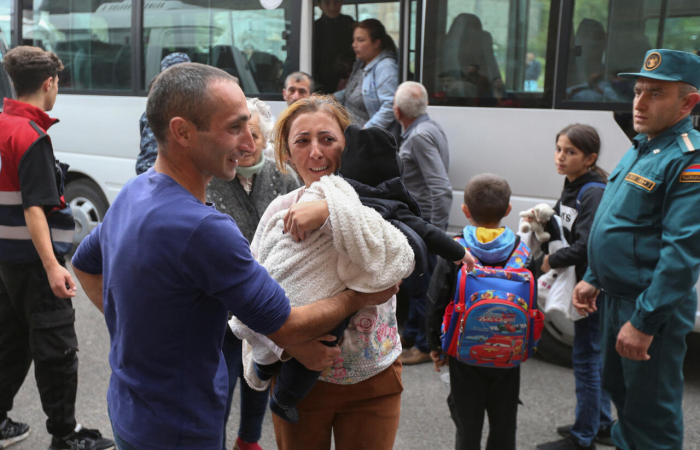
The Nagorno-Karabakh conflict is deeply entrenched in historical, ethnic, and geopolitical complexities. Its resolution requires delicate diplomacy and an acknowledgment of the various interests at play, both regional and international. The situation in September 2023 reflects the enduring challenges in finding a lasting and equitable solution for all parties involved. Moreover, this is a lynchpin region, surviving in solace, but manipulated by the most powerful nations in the world. So keep a close eye on this developing story, because VYGR will keep bringing you updates on it as and when they happen. For now, we can only hope that this senseless loss of life, land and livelihood ends as soon as is possible, and that peace, logic and reason prevails in these highlands of Nagorno-Karabakh.
© Copyright 2023. All Rights Reserved Powered by Vygr Media.

